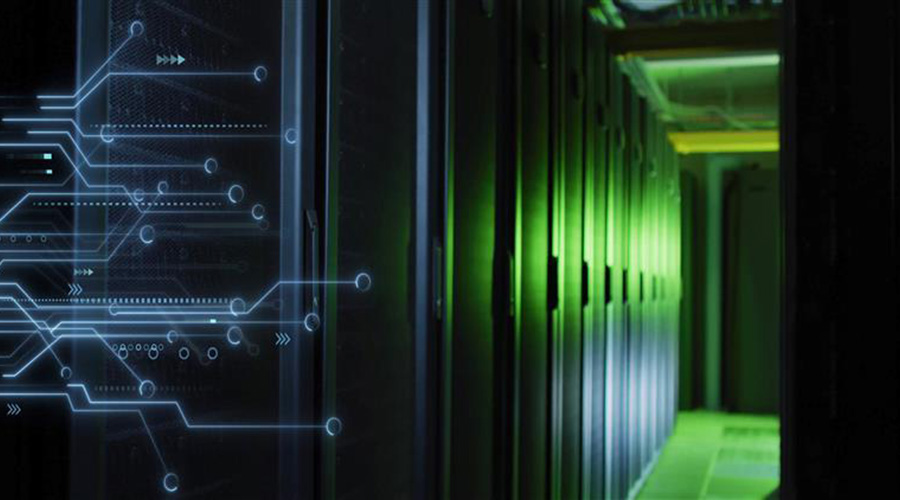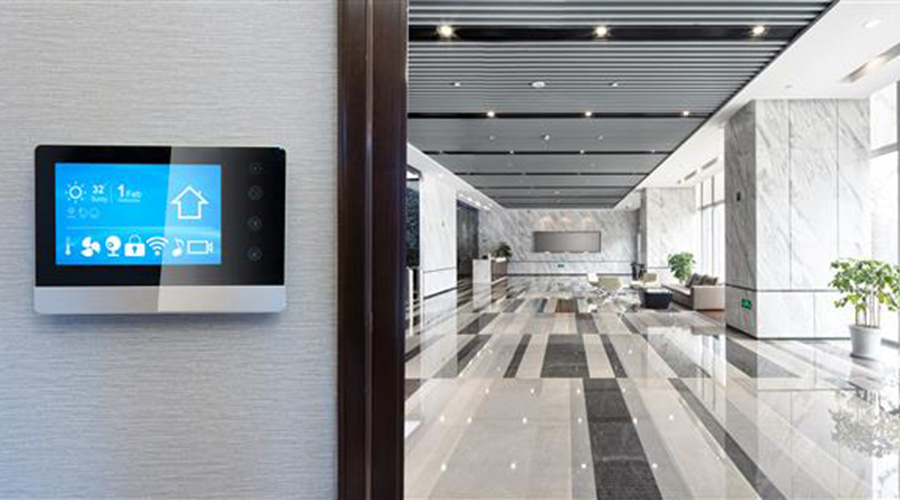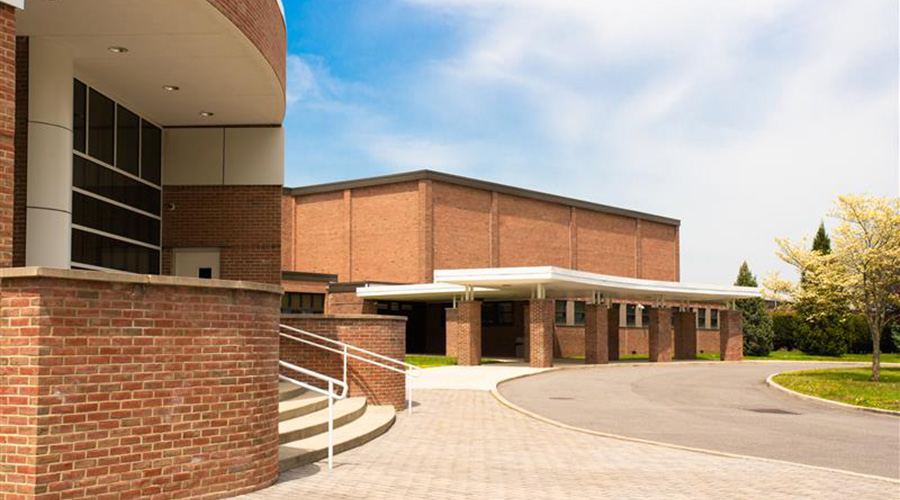
3 Key Data Center Trends to Watch for in 2025
AI, power grids and liquid cooling are trending issues. January 23, 2025
By Jeff Wardon, Jr., Assistant Editor
Data centers continue to be vital infrastructure for an increasingly digital world, and many advancements are in store for these facilities heading into 2025 and beyond. JLL recently released its 2025 Global Data Center Outlook, and there are three key developing areas facility managers need to keep an eye on: artificial intelligence (AI), power grids and liquid cooling.
Artificial intelligence
The demand for AI will continue to increase in 2025, which means the need for powerful and efficient data center infrastructure will ramp up, according to the report. A driving force behind AI’s revolution is the rapid development and miniaturization of semiconductor technology, particularly in components such as central processing units (CPUs) and graphics processing units (GPUs).
These advancements will enable higher performance and efficiency, in turn allowing data centers to store more computing power into smaller spaces and possibly reducing their overall footprint.
Energy demands and power grid challenges
Meanwhile, global electricity demands are set to increase by four percent, however, data centers only represent two percent of overall global energy usage, according to the report. The increase in usage by 2030 is also projected to be less than a third of the increased electricity needed for both electric vehicles and air conditioning. Additionally, data centers face increased competition for energy resources due to the growing adoption of EVs, machinery electrification and rising power consumption in developing countries, all of which contribute to higher global electricity demands.
Energy consumption forecasts for data centers are foggy due to many uncertainties such as the pace of AI adoption, the growing variety of AI applications and the possibility of energy efficiency gains, according to the report. Forecasts estimate that global data center energy demand will double in the next five years to 100 gigawatts (GW).
In addition, data centers have a tendency to cluster in specific areas, thus creating bottlenecks in power delivery for new developments. This is due to data centers consuming high amounts of energy, which can eat up local grid capacity. Expanding a grid’s capacity to accommodate more power is a complicated and time-intensive process requiring a lot of planning and resources. As a result, new developments in these areas are often delayed until adequate power supply can be ensured.
However, data center developments are also further impeded by power infrastructure gridlocks, such as the extended timelines required to build transmission lines. In many markets, it can take four or more years to have high-capacity power lines extended to new development sites. The challenges have created a shift in site selection criteria, as land is now being evaluated based on available power capacity and adjacency to transmission lines, instead of pricing or total acreage.
The data center industry is looking at small modular reactors (SMRs) as a potential future power source, as they can generate 1.5 to 300 megawatts of energy, are modular and scalable, and are cheaper than traditional large scale nuclear facilities. There are challenges for SMRs, though, such as regulatory hurdles, high costs and public acceptance.
The shift to liquid cooling
The rise of AI is shifting the focus from computational power to energy efficiency. As tech organizations invest in AI infrastructure, the need to cool dense, power-hungry GPU clusters has sparked innovations like energy-efficient chips and advanced cooling technologies. AI’s energy demands raise concerns about sustainability and the ability of power grids to keep up.
Traditional air-cooling struggles with high-density racks, making liquid cooling essential for achieving better energy efficiency. Currently, most setups use a hybrid of liquid (70 percent) and air (30 percent) cooling. Technologies like rear door heat exchangers (RDHx) and direct-to-chip (DTC) cooling are common in new builds and retrofits.
An emerging solution is immersion cooling, where servers are submerged in cooling fluid, offering high efficiency for AI workloads but it faces challenges like weight issues and maintenance. It’s expected to grow slowly, with small test deployments being more common in the short term, according to JLL’s report.
The transition to liquid cooling and higher rack densities is reshaping data center design, requiring reinforced floors and new infrastructure for immersion systems.
Jeff Wardon, Jr., is the assistant editor for the facilities market.
Next
Read next on FacilitiesNet












